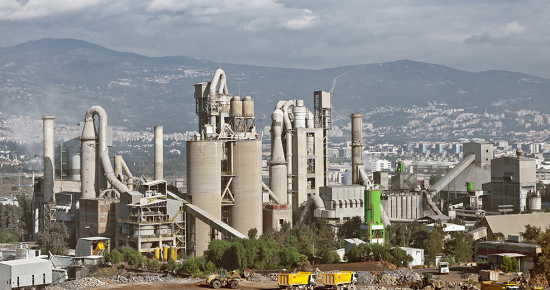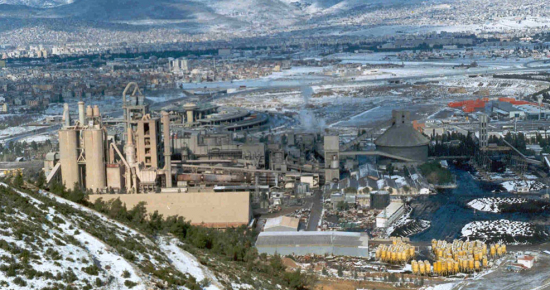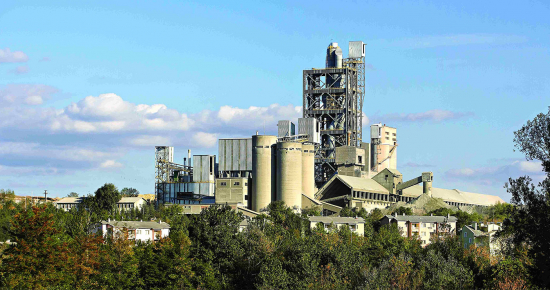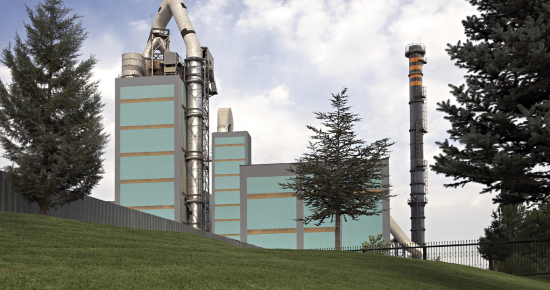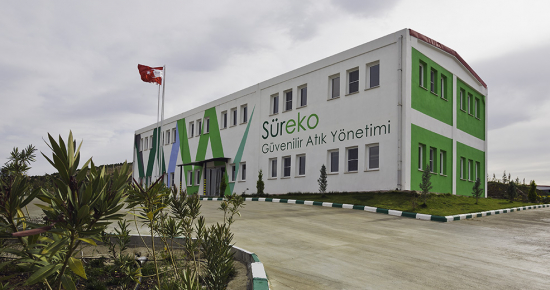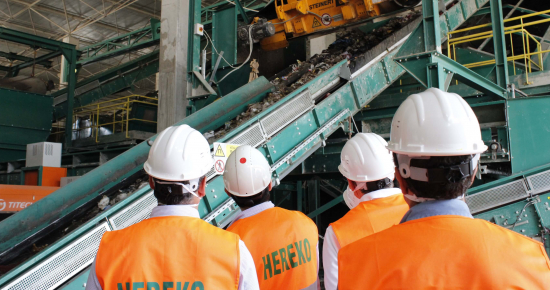
1950
Çimentaş was incorporated as the very first cement plant of the Aegean Region with an annual capacity of 150k tons. Proximity to the Izmir port and access to abundant limestone reserves provide significant cost advantages for export markets. Over the years production capacity has been increased to 1.8 million tons of clinker and 2.3 million tons of cement.
1996
Çimentaş acquires Kars cement plant, located in Bozkale, at a distance of 10 km to Kars. Situated on an area of 475.844 sqm, the plant has an annual production capacity of 435k tons clinker and 596 k tons cement per year and was active since June 1976.
2001
Cementir acquires Cimentas and further invests to develop its presence in the domestic market.
2005
In a competitive auction, Çimentaş acquires control of Thrace Cement Plant located in Edirne. Situated on an area of 774.835 m2, the plant has an annual clinker production capacity of 1 million tons and a cement production capacity of 2.1 million tons.
2006
Çimentaş acquires Elazığ Cement, with one plant operating since 1954 in the regions of South-Eastern and Eastern Anatolia. The plant covers an approximate area of 208k sqm on the Diyarbakır-Bingöl highway in the South East of Elazığ.
2009
with the aim of increasing the sustainability of its production process, Çimentaş acquires Sureko, a company operating an industrial waste treatment and disposal plant located in Kula (Manisa).
2011
Çimentaş newly incorporated subsidiary, Recydia, acquires the 25-year concession for Istanbul urban waste treatment and builds a plant in Kӧmurcuoda, thus entering the business of alternative (waste-derived) fuels production (SRF/RDF).
2012
Recydia acquires Neales Waste Management Ltd, active in the collection, recycling, and disposal of industrial and urban waste in the UK and subsequently invests in a new facility to produce waste derived fuels.
